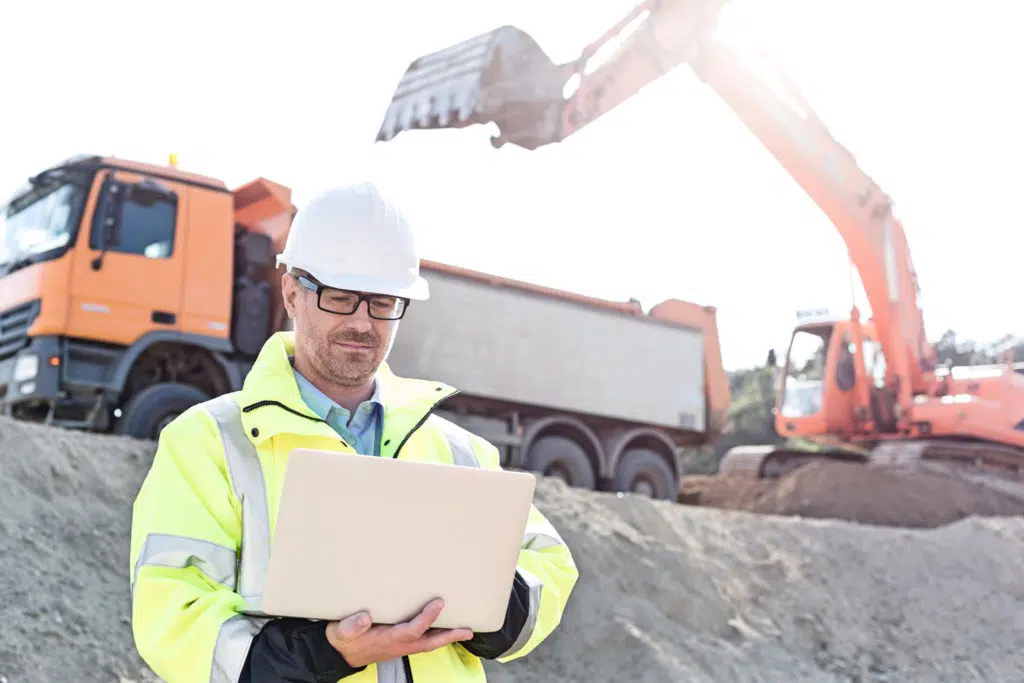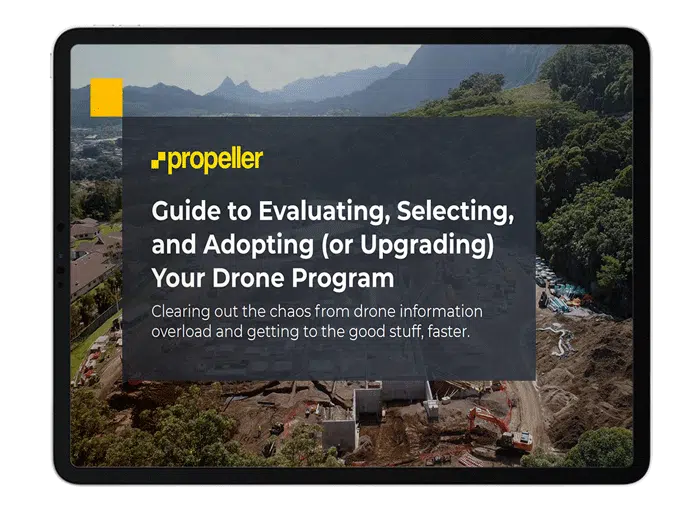How and Why To Invest in Earthworks Technology in 2022
According to recent predictions from Associated Builders and Contractors and PwC, 2022 will be a busy year for contractors and earthworks firms. Despite being hit hard in the early months of the pandemic, the construction industry has recovered—and then some. It’s now set to exceed pre-pandemic levels of revenue in 2022.
The impact of the Infrastructure Investment and Jobs Act won’t be quite as immediate as the infrastructure package we saw in 2009, but projects are expected to be released in the third and fourth quarters of 2022, so firms don’t have long to wait.
What’s tech got to do with it?
According to a recent report from McKinsey, the construction industry had already started to drift toward robust platform-based technology solutions before the pandemic hit. Now, that trend is expected to accelerate rapidly.
This means that there’s still plenty of time for firms to jump on the digital bandwagon and leverage some of the newest technologies on the market to improve their business. It also means that tech is rapidly becoming a requirement for firms looking to stay competitive in today’s market.
So how exactly is earthworks technology changing the game for firms like yours in the real world? Here’s a quick look at the key ways firms are setting themselves apart—and winning bids with technology—every day:
- Increasing efficiency: McKinsey found that construction project efficiency has declined since the 1990s, primarily due to cost overruns. Large projects take 20% longer than anticipated (on average) and cost up to 80% more—a massive hit to any firm’s bottom line. Technology platforms can help you track progress with real-time insight into what’s happening on the ground compared to plan, and where resources should go next to keep projects on track.
- Improving accuracy: The only thing worse than no data at all is plenty of bad data. After all, your decisions are only as good as the information you have at your fingertips, and studies show that most contractors don’t trust at least a big chunk of their data. By leveraging the most accurate earthworks technologies on the market, you can rest easy knowing that you’re basing your decisions on hyper-accurate real-time measurements, not guesses.
- Streamlining communication: COVID made remote communication challenging across industries, but communication between office and field teams has long been an issue for construction firms. When your workforce is rarely (if ever) in the same place at the same time, it can be tough to keep everyone on the same page—especially when you factor in clients, subcontractors, and third-party inspectors. Software platforms make it possible to provide scalable, easy-to-use access to centralized information about a project. When everyone’s referencing a single source of truth, you prevent disputes, change orders, and rework—and keep your employees happy, too.
- Keeping workers safe: Technology also helps keep worksites safer, largely by putting drones and other equipment into hazardous terrain that people once had to navigate. You can immediately increase your worksite safety simply by replacing workers with hardware (like drones) in dangerous areas.

How to evaluate earthworks technology
As we’ve seen, the right tools can make a massive impact on your company in terms of efficiency, safety, and revenue. According to a recent Technology Report from STACK, 77% of construction professionals say that software provides a strategic advantage for them and their company.
But it isn’t always easy to wade through the various solutions on the market to find the one that’s right for your business. Many firms quickly encounter obstacles like:
- The time and resources it takes to onboard a new solution
- Overwhelm at the sheer amount of choice
- Uncertainty about which solution will work best for them
- Resistance to change from employees or management
To help combat these (and other) challenges, use this checklist as you evaluate earthworks technology solutions in 2022 and beyond.
- State the problem: What problem are you trying to solve? This question is deceptively simple. The best answers are short and to the point, like “Reducing rework due to errors.”
- Identify key performance indicators (KPIs): Identify the metrics you’ll use to determine whether you’ve achieved your goal. The best objectives are measurable to effectively gauge success. In our example above, you might say that a solution is successful if it helps reduce rework by 20% in 2022. Of course, you’ll want to keep these numbers realistic and list any outside factors that could impact the result, like accepting projects you’ve never done before.
- Come up with solutions: Identify the solutions that will provide the most value based on the challenge(s) you’re looking to solve. Seek recommendations and conduct research online to find solutions that directly address your core concern(s).
- Rank your options: Rate each vendor in key categories that will be pivotal to your decision-making. For example, you might assign numeric scores for categories like cost, ease of use, required training, customer service, integrations, and so on.
After you’ve narrowed it down to a handful of finalists, make your choice based on the below list of questions. Feel free to add any others that are meaningful to you and your business goals.
Will the solution you’re evaluating:
- Improve quality or precision?
- Save money, time, or other critical resources?
- Improve communication?
- Make worksites safer?
- Provide a single source of truth for all project stakeholders?
- Communicate your value proposition or separate your business from the competition?
If you answer “no” to one or more of the above questions, think carefully about whether that solution will address your core challenge—and whether it’s worth allocating a portion of your 2022 budget. That said, don’t get analysis paralysis. The process of evaluating and implementing technology may seem daunting—but with the right provider, it’s easier than you think.
For more guidance on evaluating, selecting, and adopting a drone program for your earthworks business, be sure to download our ebook below!





